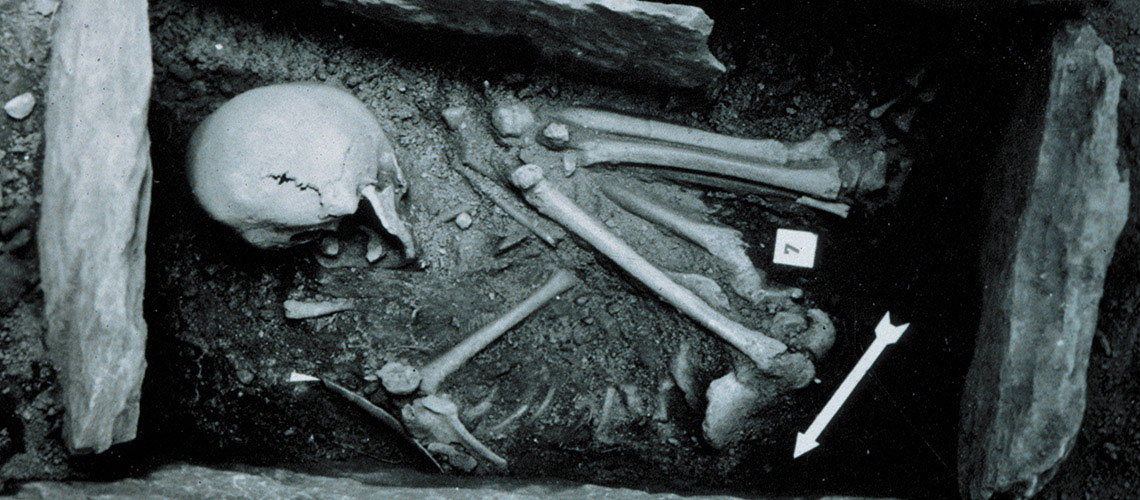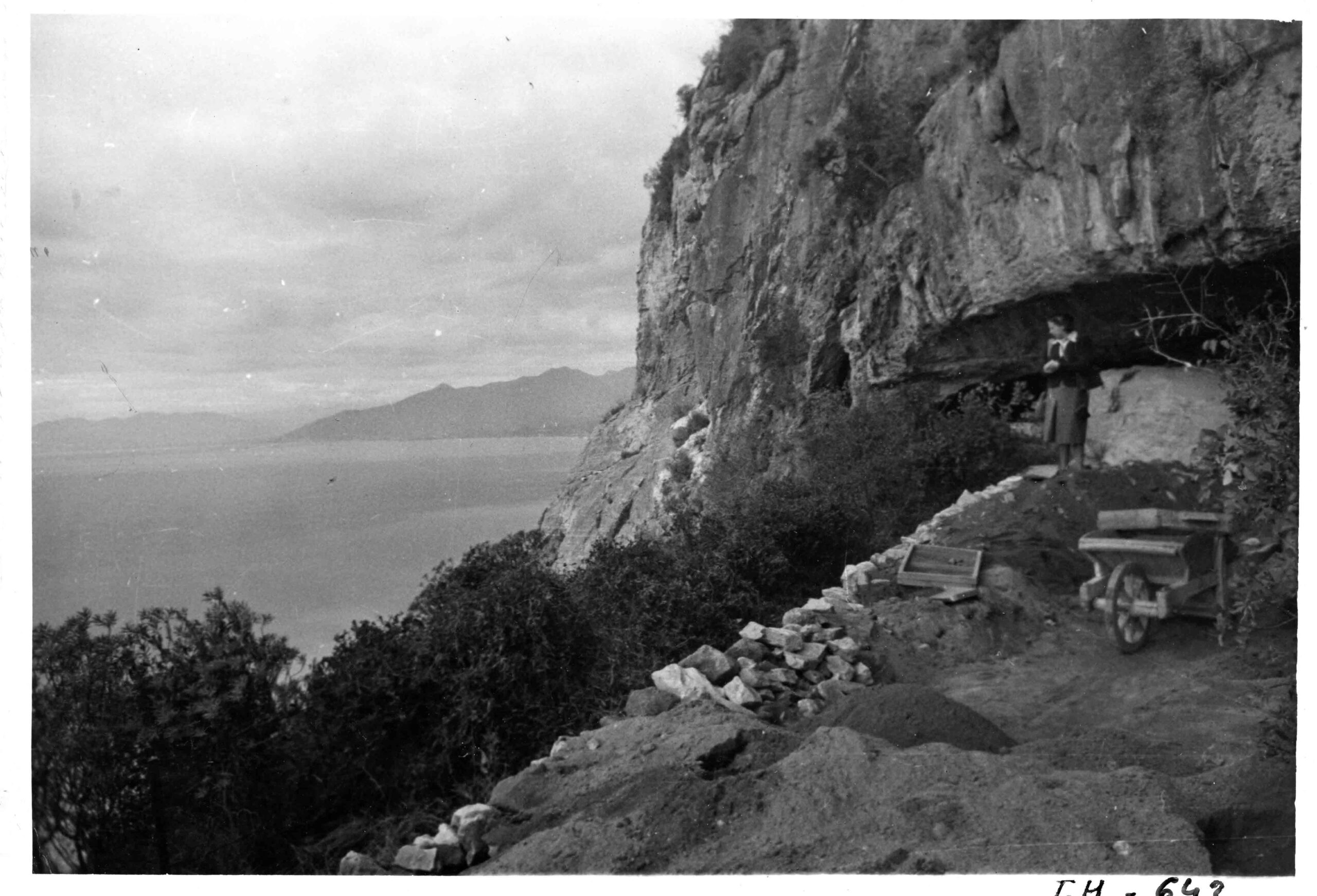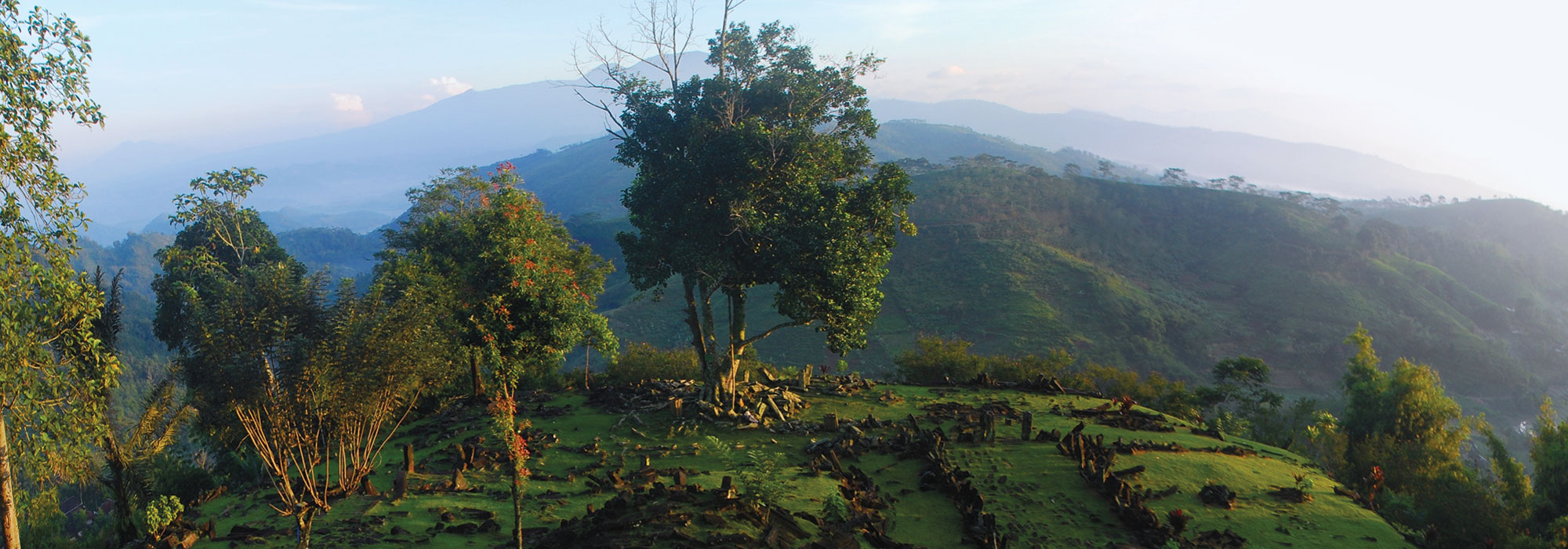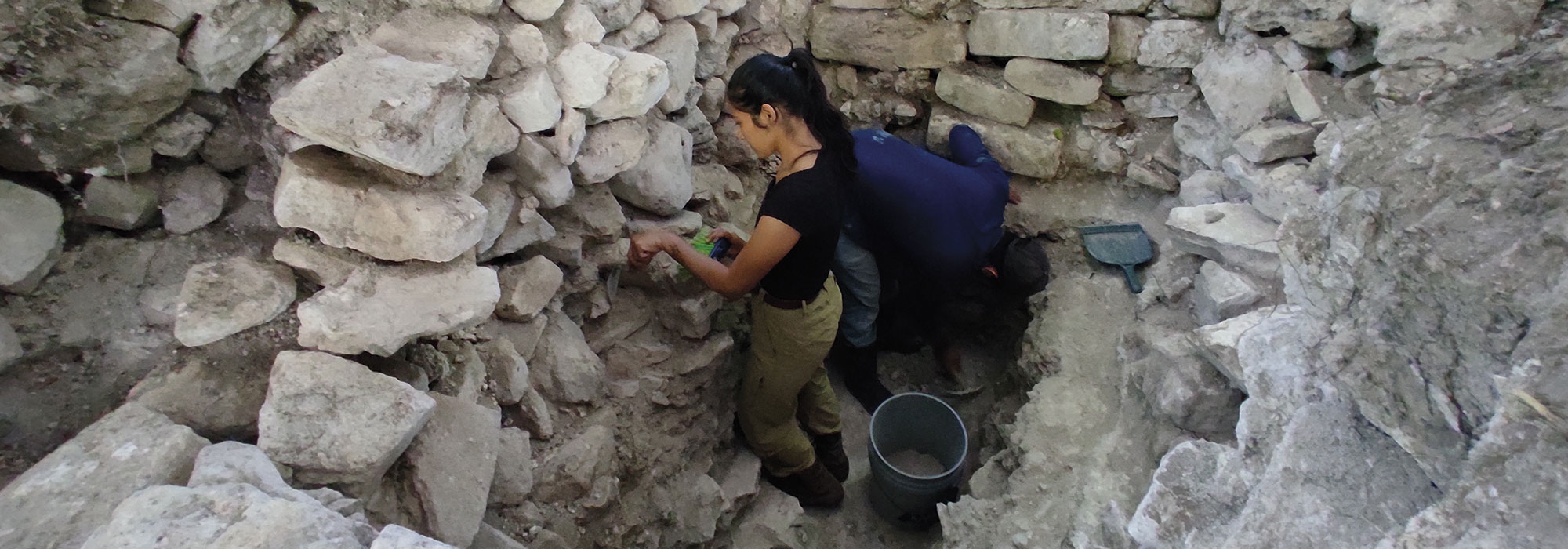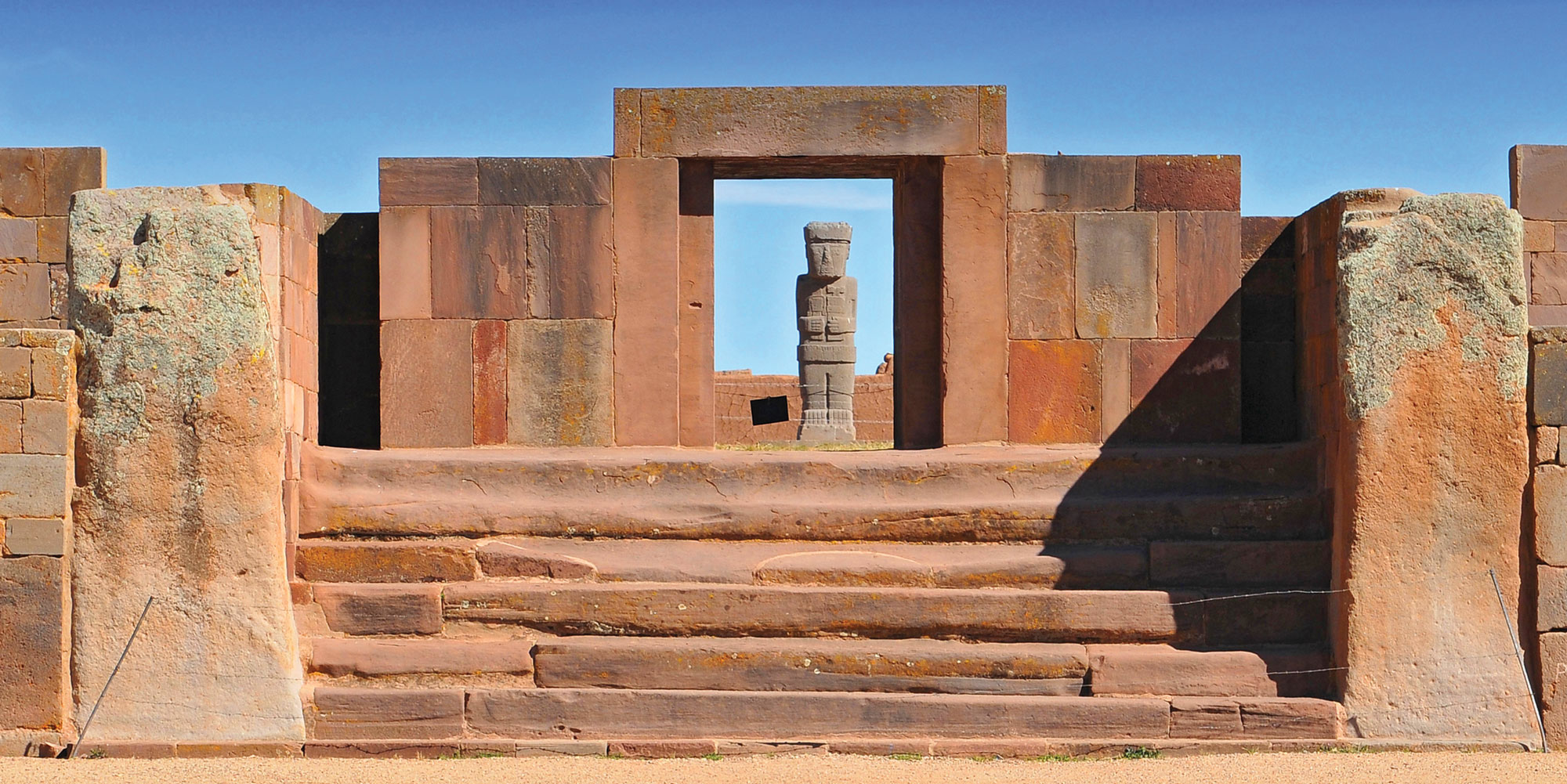
VALAIS, SWITZERLAND—According to a statement released by the University of Geneva, analysis of the remains of 49 people buried some 6,000 years ago in western Switzerland’s Barmaz necropolis indicates that all of the individuals had equal access to food. Déborah Rosselet-Christ of the University of Geneva studied the chemical composition of fragments of tooth enamel formed during childhood and collagen samples taken from bones, including their levels of isotopes of carbon, nitrogen, sulfur, and strontium, to determine what each individual ate and where they had grown up. Most of the isotope ratios in the tooth enamel samples were similar to each other, except for 14 percent of the individuals, who are thought to have grown up somewhere else. The isotope levels in the collagen samples suggest that all of the individuals ate a diet rich in animal proteins, with no differences in the diets of women, nor between those who had grown up locally and those who had migrated to the region later in life. “These results therefore suggest equal access to food resources between the different members of the group, whatever their origin or sex,” said Rosselet-Christ. Read the original scholarly article about this research in Journal of Archaeological Science: Reports. To read about another find from Neolithic Switzerland, go to "An Eccentric Artifact," one of ARCHAEOLOGY's Top 10 Discoveries of 2018.


